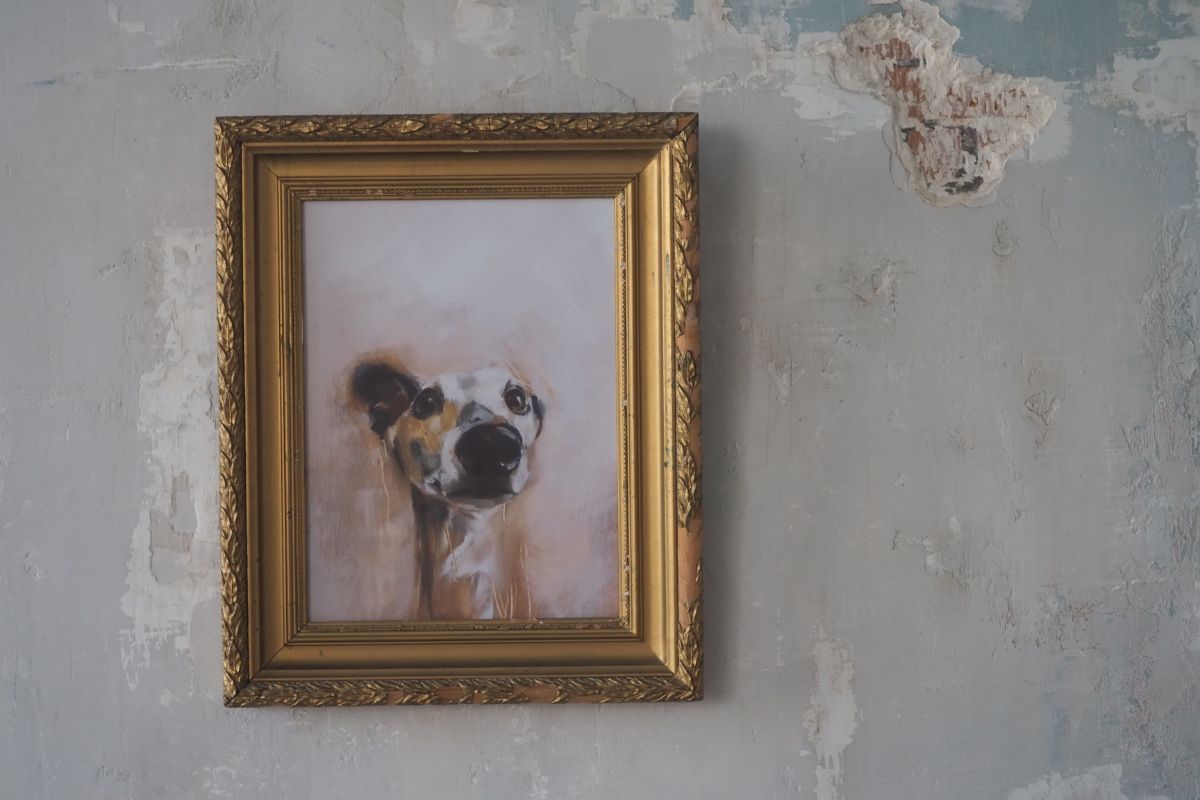
How To Ship Framed Artwork
When you’ve put an enormous amount of time, effort, and care into producing a piece of artwork that you’re proud of, you’ll be delighted when somebody loves it just as much and decides to buy it.
However, how will you get it to them? Shipping is often the only option, but packaging your artwork properly for shipping is no easy task.
After all, you need to make sure that your artwork is perfectly packaged up. If it ends up getting damaged while being shipped, it’ll be a blow not only to you, but the buyer on the other end – who may even request a refund.
So, how do you ship framed artwork?
We’ve got all the answers you need in our handy guide below, where you’ll find detailed steps on how to properly package your artwork up for shipping.
On top of that, we’ve got tips on what you should avoid. Read on!
Why Is It Important To Properly Package Artwork?
When you’re shipping artwork around the world, it’s going to be handled by a lot of different people, and travel in a lot of different vehicles.
As a result, the package is going to be moving about a great deal, which makes it very easy for it to be damaged and dented.
Even with the most renowned delivery companies, there’s only so much they can do to keep it still and safe.
As a result, you need to make sure that the artwork has been properly packaged before shipping.
We’ve all ordered something online and had it arrive a little bruised, but artwork will be much more important than that.
Artwork needs to be kept in pristine condition, otherwise it’s ruined, and all your hard work creating it is for nothing.
The following steps will help you to properly package framed artwork for shipping, so that it shouldn’t get damaged in transit.
You’ll find that the corners of a shipping box are often the most likely parts to be damaged, so these need to be extra protected.
Additionally, if your artwork arrives damaged to its buyer, they’re not going to be happy. They will likely ask for a refund, leaving you out of art and out of pocket.
On top of that, they might leave a bad review, which then impacts your ability to make future art sales.
How To Package Framed Artwork

Step One: Getting A Box
First, you’ll need to get a cardboard box that’s larger than your artwork by a few inches. This will give you room to work with.
Step Two: Buffer Cardboard
After that, you’ll want to get two extra pieces of cardboard which will act as buffers, protecting your artwork even more. You can alternatively use foam-board, if you want.
Get the pieces and cut them down to equal the dimensions of the box. One of these pieces will later go on underneath your artwork, while the other will go on top of it.
Step Three: Bag Wrapping And Bubble Wrap
Next, you’ll need to wrap your artwork. A sturdy plastic bag is essential, because it will help to keep the artwork from moisture damage.
Additionally, you can wrap the artwork in glassine paper, or acid-free tissue paper. This will give it an even greater layer of protection – we would definitely recommend you do it.
After that, wrap the plastic bag in one or more layers of bubble wrap. You can secure the wrap with tape.
Step Four: Protecting The Corners
It’s now time to protect the artwork’s corners, which are the easiest parts to get damaged.
You can use either foam or cardboard corner protectors, which will wrap around the four corners of your frame and protect them.
Step Five: Securing Your Artwork
Take one of the “buffer” cardboards, and place your artwork on it. Place it in the center, then draw two lines each above and below the middle of the artwork.
Then cut along these lines, which will give you two small tabs to fold over the artwork, securing it more. Tape these tabs down. For extra strength, add another tab to each side of the artwork.
After that, get your second “buffer” cardboard and tape it down onto the other side of the artwork.
Step Six: Boxing, Sealing, Finalizing
After that, you want to put it all inside your proper cardboard box, with the artwork’s front facing the empty gap.
This leaves the empty gap easily accessible, so you can put packing paper and bubble wrap in there. Fill all the space with these things (don’t use styrofoam peanuts), so there is no room for the artwork to move around. This is essential.
Once you’ve done that, get your packing tape and seal the entire box securely at every end. Then wrap it all in shipping tape, too, and add a “Fragile!” sticker for extra care.
Things To Avoid
Avoid Glass
If your framed artwork has a glass frontage, remove it. Glass is very delicate and is even more likely to break during shipping, which would leave a hazard of broken glass in the package.
Don’t Let Cardboard Touch The Artwork Itself
Never let your artwork itself touch cardboard, because the material is not acid-free and could damage the piece.
This is why our steps included wrapping the artwork in a clear plastic bag first, as well as adding acid-free paper to protect it.
Ensure The Artwork Has Dried
Though it may be tempting to ship a painting as soon as it’s done, never ship artwork that’s still drying.
Additionally, if you’ve added a protective varnish, leave it a few days extra to dry. Varnish can stick to the packaging, ruining the painting.
Cover Everything
Use your packing tape to cover every single seam and corner of the box, because it will protect it from both damage and moisture.
Final Thoughts
Artwork is very delicate during shipping, so it’s essential that you package it extremely securely. Follow our steps to ship framed artwork properly.
Why ASF Prints? See for yourself why ASF Prints is the go-to choice for art business. Place an order today and experience the difference.
Sell More Art Online
If we can't teach you, no one can!


